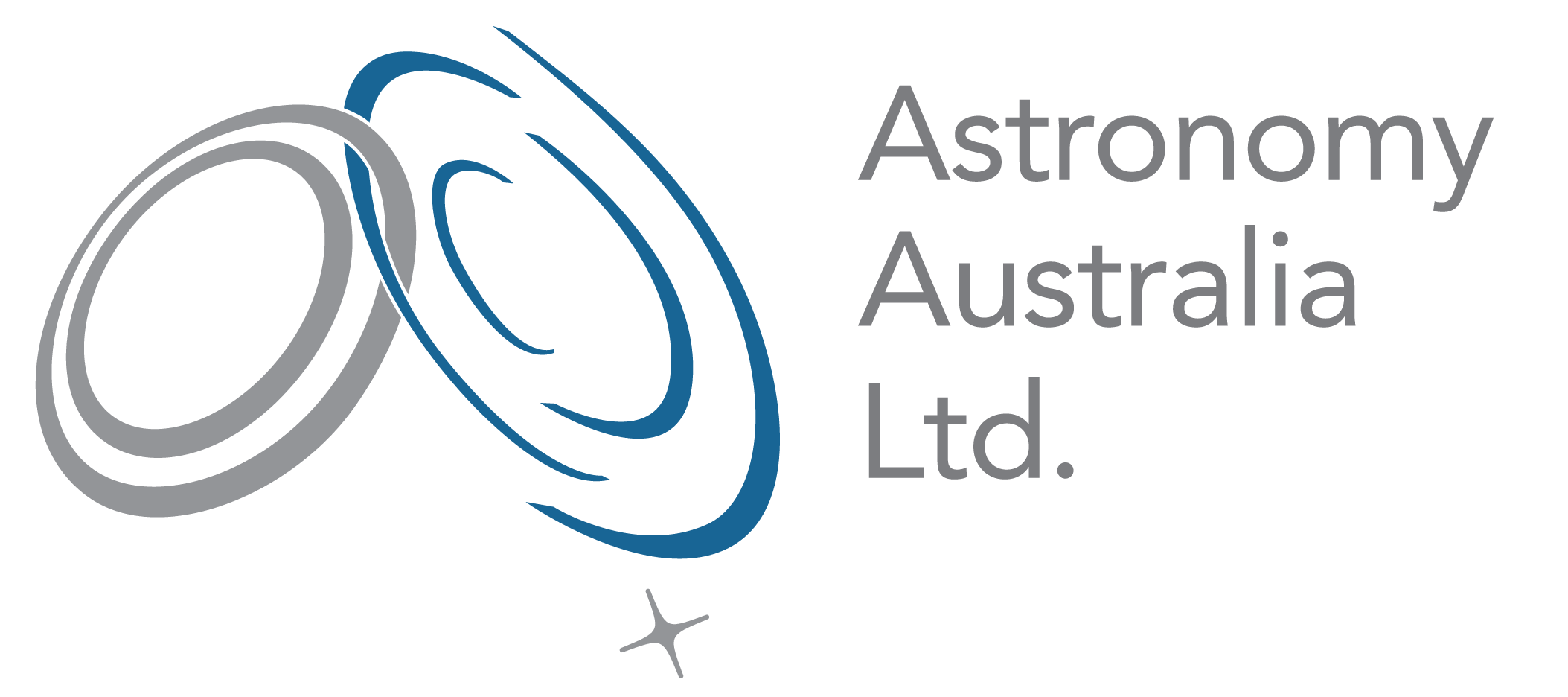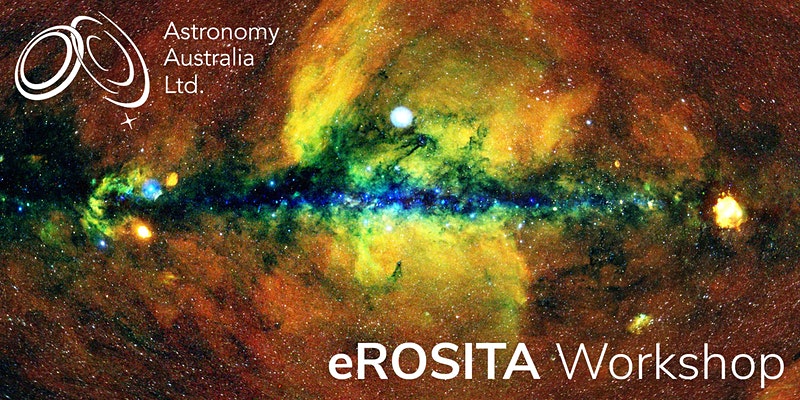It may not seem like astronomers and marine researchers have much in common. It turns out, the same software developers who help us see into the far reaches of space can also help us learn more about the big blue ocean here on Earth.
Since 2006, the Integrated Marine Observing System (IMOS) has been observing Australia’s coastal and open oceans, using sophisticated equipment to collect vast amounts of data on ocean currents, ocean conditions, marine species and habitats. It is operated by a consortium of institutions, with The University of Tasmania acting as the lead agent. Originally intended to be used by scientific researchers, IMOS is now focused on providing greater accessibility to the wealth of data it collects – finding innovative ways to deliver data that will improve decision-making, support operational needs, improve safety and efficiency of marine operations, and underpin weather forecasting and prediction. New users of this data include researchers, Government departments and agencies, maritime industries, and members of the general public (such as recreational fishers and yachting groups).
IMOS is part of the National Collaborative Research Infrastructure Strategy (NCRIS) – the same program supporting AAL and many other capabilities in the Australian research sector. Initial discussions with AAL identified multiple data access and visualisation challenges that could be addressed through a collaboration with Astronomy Data and Computing Services (ADACS). An AAL initiative, ADACS was originally established in 2017 to help astronomers maximise the scientific return from data and computing infrastructure. Now with three nodes at Swinburne University of Technology, Curtin University and Macquarie University, ADACS is able to offer support to a greater diversity of Australian research scientists, providing software development, training, and access to advanced computing infrastructure.
At the outset, IMOS wanted ADACS to help them improve the way ocean current data can be visualised – to provide a more interactive user experience. Eventually, IMOS will aim to incorporate outcomes from this project into future data products that enhance the way users gain insights from marine data.
With that brief in mind, ADACS software engineers quickly went to work, creating system prototypes that utilise more effective frameworks to visualise ocean data. While the project is still ongoing, the open collaboration with IMOS throughout the process has been invaluable, allowing ADACS to gain real-time feedback on which systems work best for their client. The work has also saved IMOS significant time and effort, allowing them to focus on other important priorities while the talented software engineers at ADACS create new ways to better visualise their data. With a background in physics, ADACS lead project software engineer, Tom Reichardt, was the perfect choice to understand the ebb and flow of ocean currents and how to best visualise this for a public audience. Click here to see a demonstration of their ongoing work.



